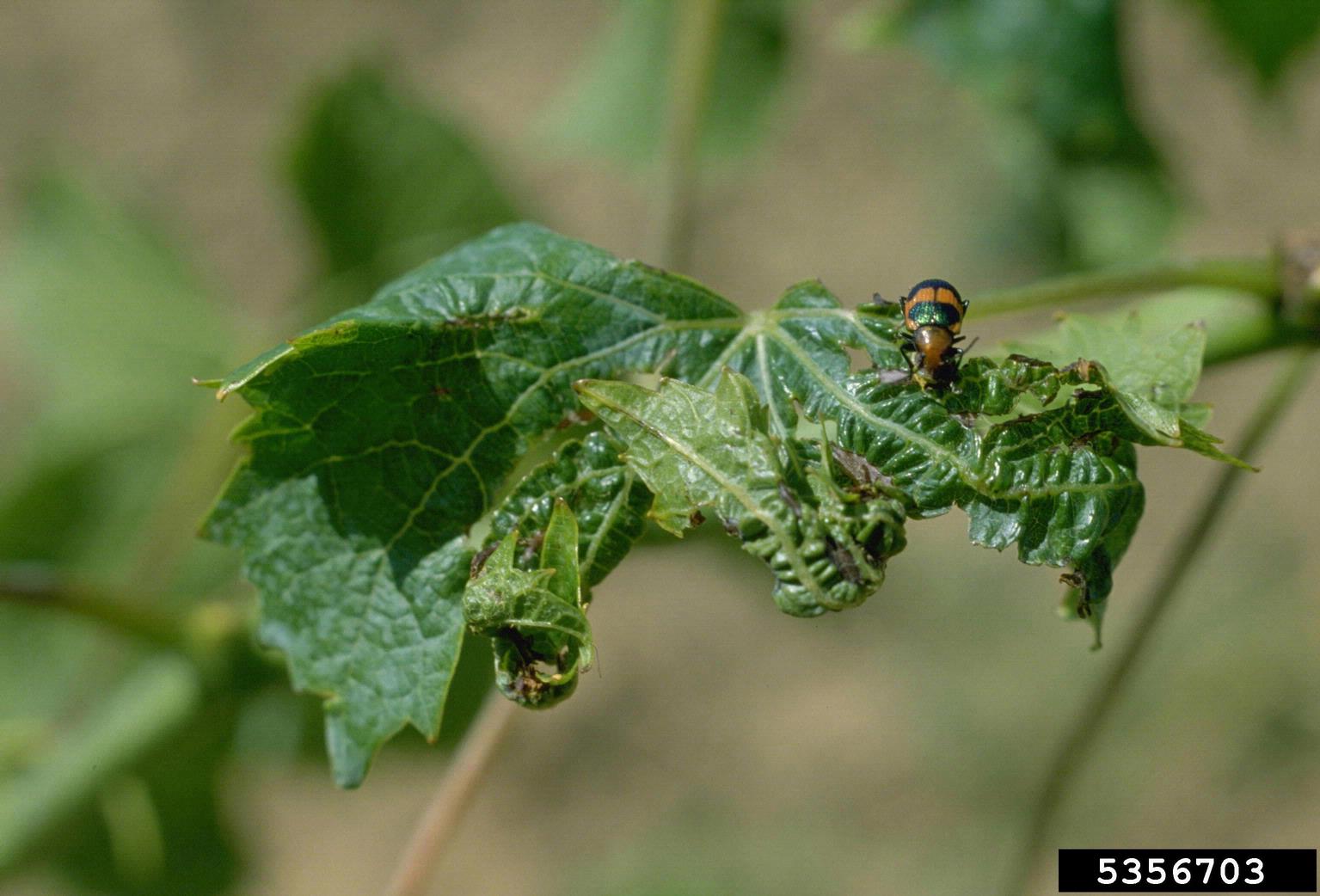Grapevine Yellows Information – Is There A Treatment For Grapevine Yellows


Growing grapes is a labor of love, but it ends in frustration when, despite your best efforts, the vines yellow and die. In this article, you’ll learn to identify and treat grapevine yellows disease.
What is Grapevine Yellows?
Several problems lead to grapevine leaves turning yellow, and some of them are reversible. This article deals with a specific group of diseases called grapevine yellows. It is fatal, but you may be able to stop it before it spreads throughout your vineyard. Tiny microorganisms called phytoplasma cause grapevine yellows. These little bacteria like creatures lack a cell wall and can only exist inside a plant cell. When planthoppers and leafhoppers eat an infected grape leaf, the organism mixes with the insect’s saliva. The next time the insect takes a bite out of a grape leaf, it passes on the infection.
Additional Grapevine Yellows Information
Grapevine yellows disease causes very specific symptoms that you’ll have no trouble identifying:
- Leaves of infected plants turn under in such a way that they take on a triangular shape.
- Shoot tips die back.
- Developing fruit turns brown and shrivels.
- Leaves may yellow. This is especially true in light colored varieties.
- Leaves become leathery and break easily.
You may only see these symptoms on one shoot, but within three years the entire vine will show symptoms and die. It’s best to remove infected vines so that they don’t become a source of infection for feeding insects. Although you can easily identify the symptoms, the disease can only be confirmed by laboratory tests. If you’d like to confirm the diagnosis, your Cooperative Extension agent can tell you where to send plant material for testing.
Treatment for Grapevine Yellows
There is no treatment for grapevine yellows that will reverse or cure the disease. Instead, focus you attention on preventing the spread of the disease. Begin by getting rid of the insects that transmit the disease – leafhoppers and planthoppers. Ladybugs, parasitic wasps and green lacewings are natural enemies that can help you keep them in control. You can find insecticides labeled for use against planthoppers and leafhoppers at a garden center, but keep in mind that insecticides will also reduce the number of beneficial insects. Whatever method you choose, you can never completely eliminate the insects. The phytoplasma responsible for grapevine yellows disease has many alternative hosts, including hardwood trees, fruit trees, vines, and weeds. The alternative hosts may not exhibit any symptoms. It’s best to plant grapevines at least 100 feet (30 m.) from a wooded area and keep the site weed free.
Gardening tips, videos, info and more delivered right to your inbox!
Sign up for the Gardening Know How newsletter today and receive a free copy of our e-book "How to Grow Delicious Tomatoes".

Jackie Carroll has written over 500 articles for Gardening Know How on a wide range of topics.
-
 Want The Longest Lasting Hydrangea Flowers? Grow These 8 Panicle Hydrangea Varieties
Want The Longest Lasting Hydrangea Flowers? Grow These 8 Panicle Hydrangea VarietiesFor ornamental shrubs that deliver the longest flowering seasons with plush blooms and delicate hues, these panicle hydrangea varieties are essential in your yard
By Tonya Barnett
-
 Moody Blooms For Spring: 8 Types Of Black Flowers To Add Drama To Spring Displays
Moody Blooms For Spring: 8 Types Of Black Flowers To Add Drama To Spring DisplaysFrom midnight burgundies to inky violets, several types of black flowers can enrich and embolden a spring display. Try these brooding bloomers for a moody garden
By Tonya Barnett